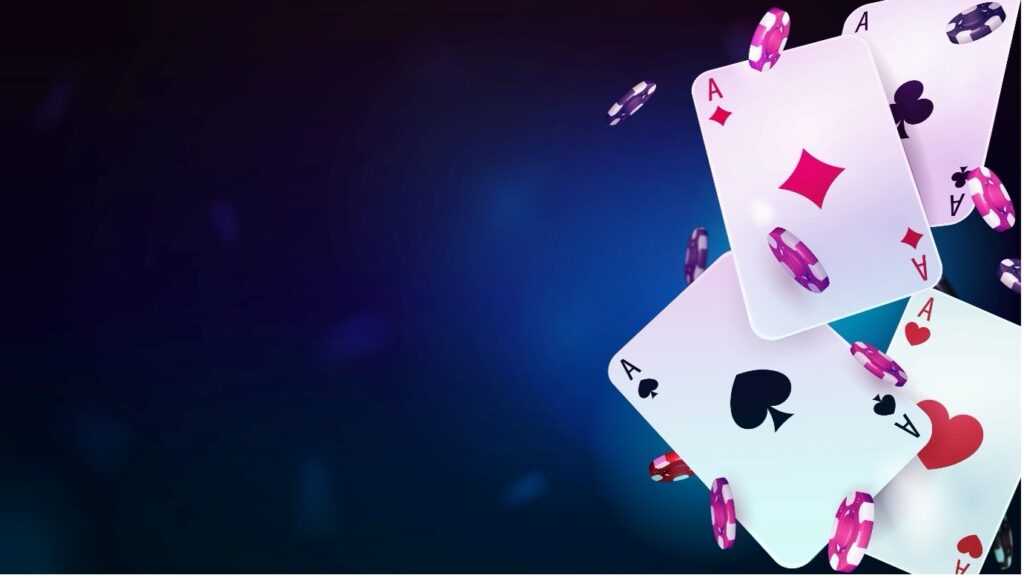(Stock Photo ID: 2167675295)
Online Blackjack is a digital adaptation of the well-known traditional casino card game that’s been played in land-based casinos for centuries.
With rules that closely replicate land-based venues, online Blackjack and live casino games are structured around simple principles – beating the dealer by getting closer to a hand value of 21 without going over. That being said, understanding the mechanics can help you approach each hand with clarity.
This guide explains how online Blackjack works, covering things from random number generators (RNGs) to card values and the actions you can take during gameplay.
The role of RNGs in online Blackjack
Online Blackjack games, unlike traditional and live versions, don’t feature a human dealer. Therefore, they rely on a software mechanism known as a random number generator to produce game outcomes.
The RNG is designed to ensure the fairness of every card dealt and dealer actions, since it simulates the randomness of shuffling a deck of cards, with each draw being entirely independent of previous outcomes and unpredictable to any players.
This means you cannot know which card will come next, and the software generates the card at random. No patterns emerge over time, and there is no memory of past hands.
RNGs are thoroughly tested and certified by third-party auditing firms to ensure fairness and compliance with legal standards, so you as a player have transparency and trust when sitting at a virtual table.
Card values explained
In Blackjack, your aim is to form a hand with a total value as close to 21 as possible without going over. This is done by adding up your initial hand value and choosing your actions based on this knowledge. The values are as follows:
- Number cards (2–10) carry their face value.
- Face cards (Jack, Queen, and King) are each worth 10 points.
- Aces can be worth either 1 or 11, depending on which value benefits your hand better.
If your initial two cards total 21 straight away – for example, an Ace and a 10-value card – this is referred to as a Blackjack. This is the strongest hand possible and typically leads to a favourable result, unless the dealer also happens to hold a Blackjack.
Player actions and what they mean
Once your first two cards are dealt, you’ll have several actions available depending on your hand and the specific rules of the version you’re playing. Here are the most common choices:
- Hit: Request another card.
- Stand: Keep your current hand and end your turn.
- Double down: Double your original stake and receive one additional card only.
- Split: If your first two cards are of the same value (e.g., two 8s), you may split them into two separate hands, each played with a new card.
- Surrender: Some versions offer the option to fold your hand and recover part of your stake if you believe the dealer’s position might be stronger.
It’s important to note that each of these actions is subject to the specific house rules of the game you’re playing, so make sure you check this before you choose to start wagering on the game.
Online Blackjack provides a straightforward way to play one of the most recognisable card games with the classic gameplay, but in a digital setting.
With an understanding of RNG systems maintaining fair outcomes, clearly defined card values, and player options, you can play with a more informed approach to each game selection and player action.




